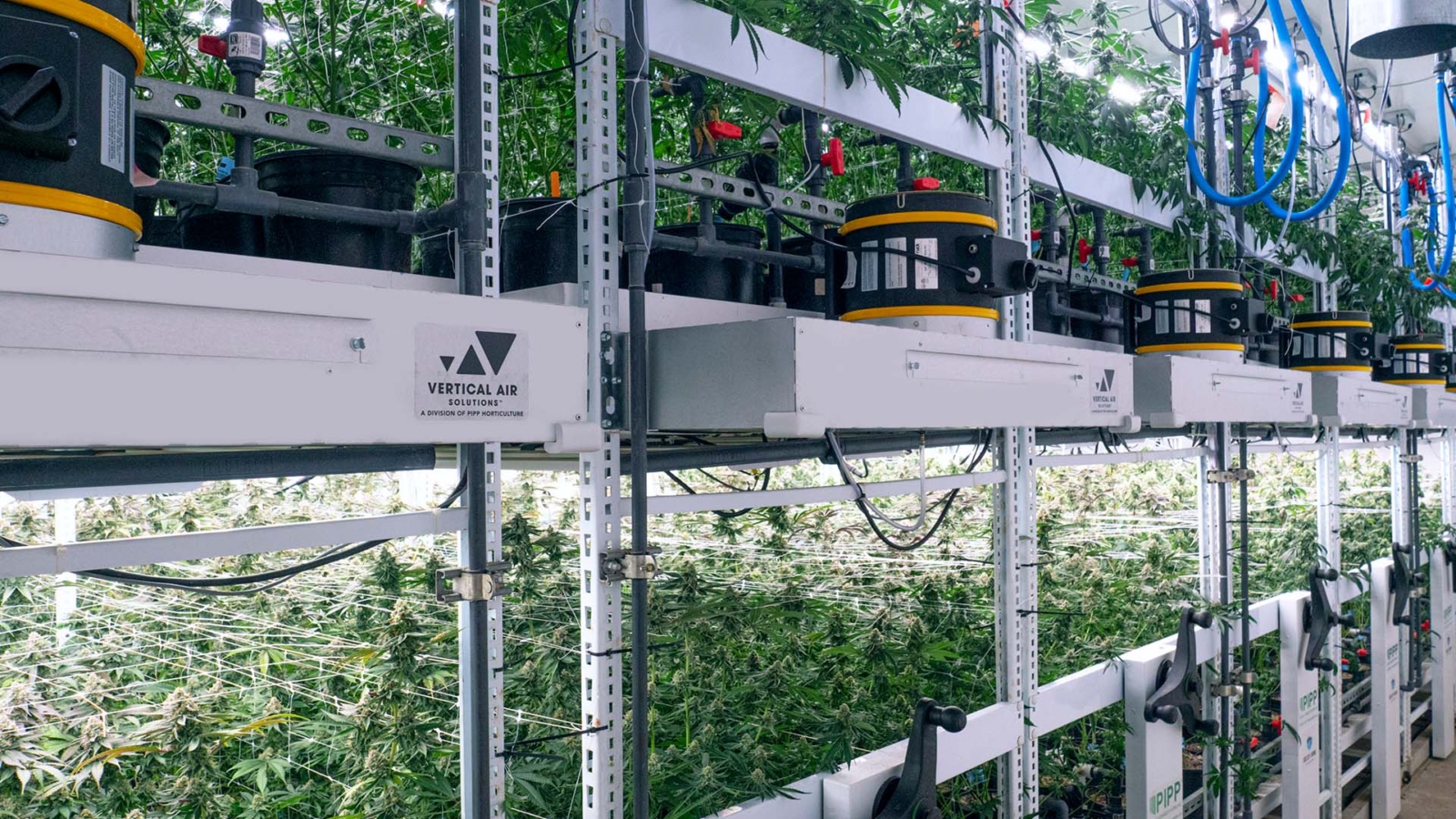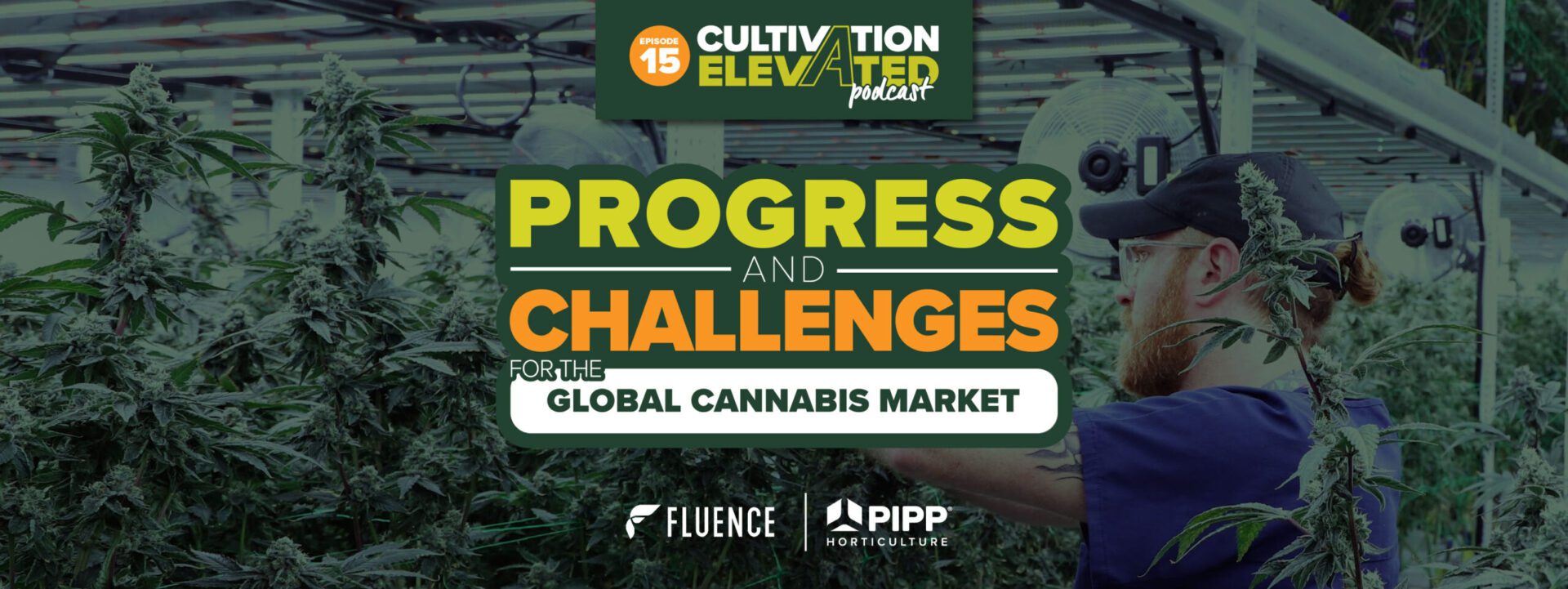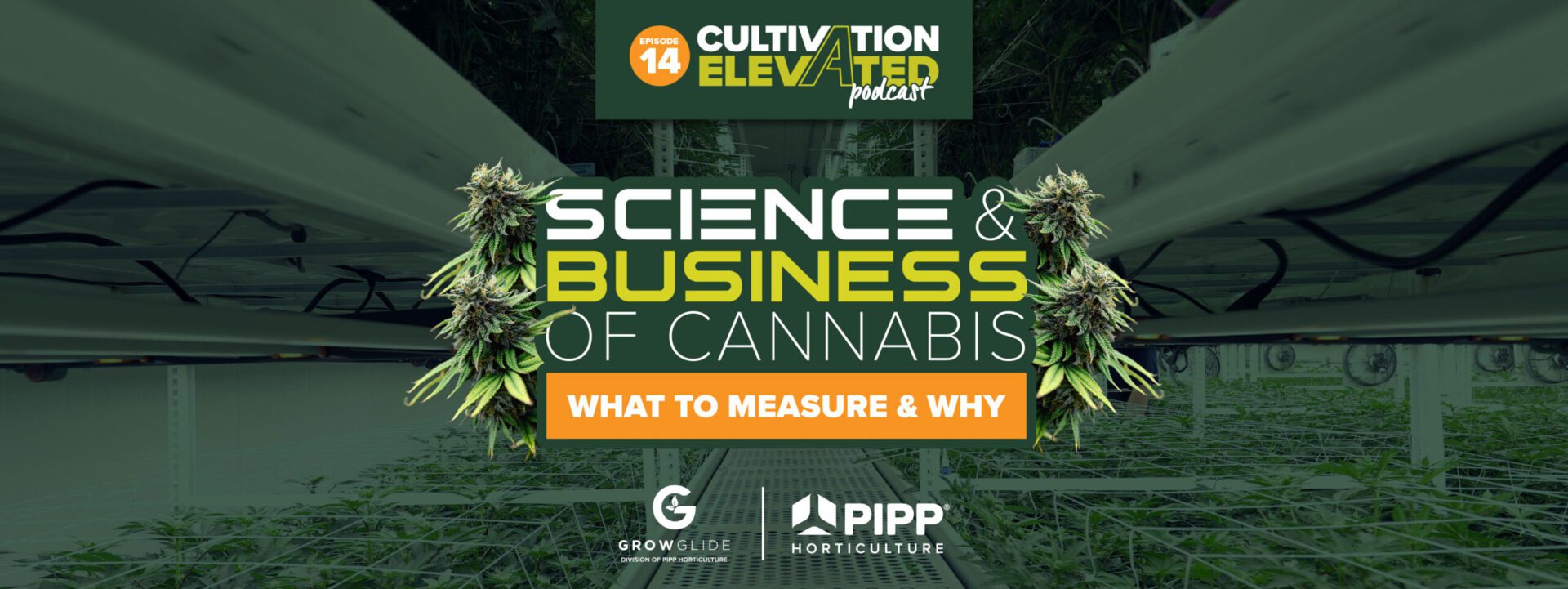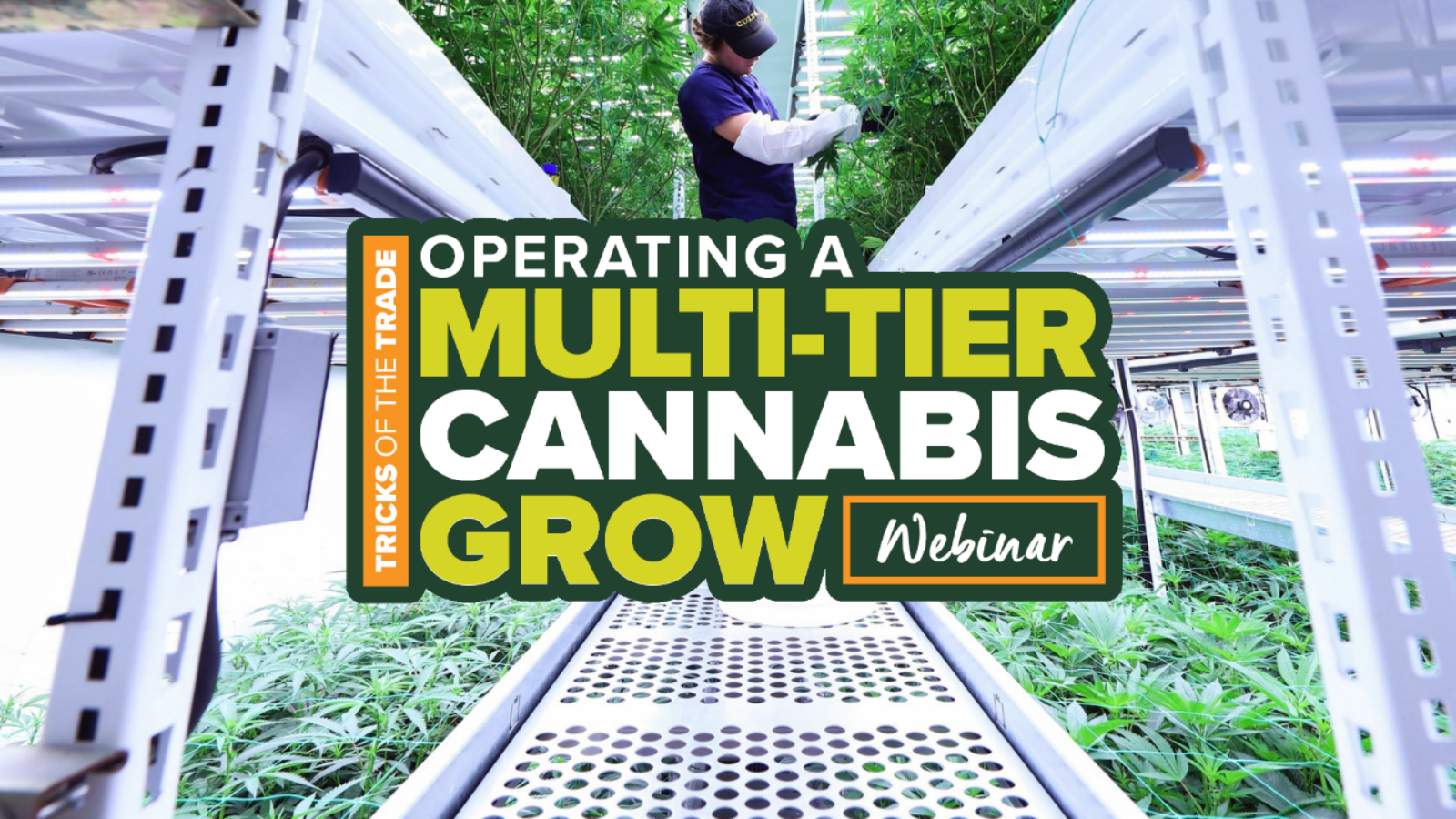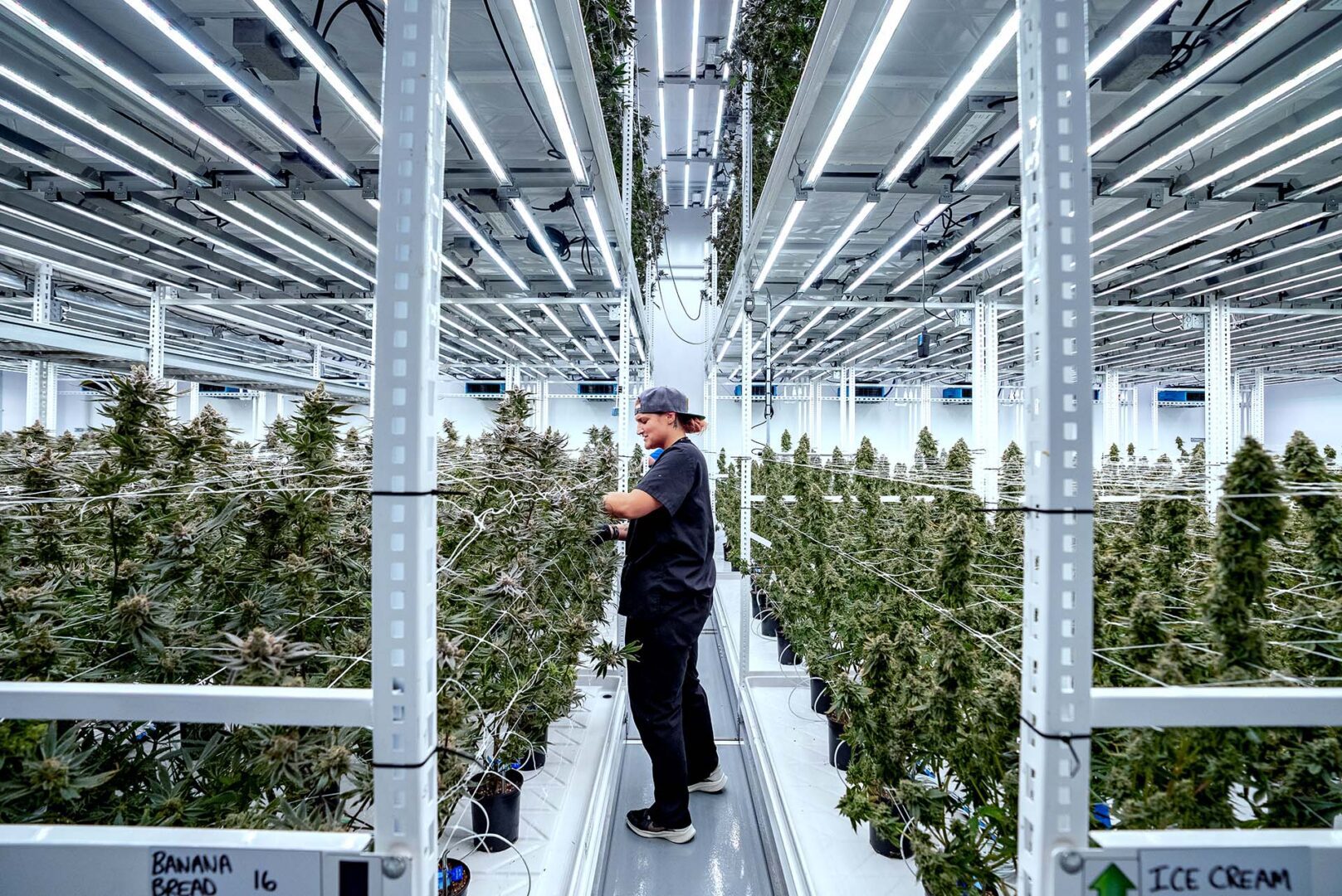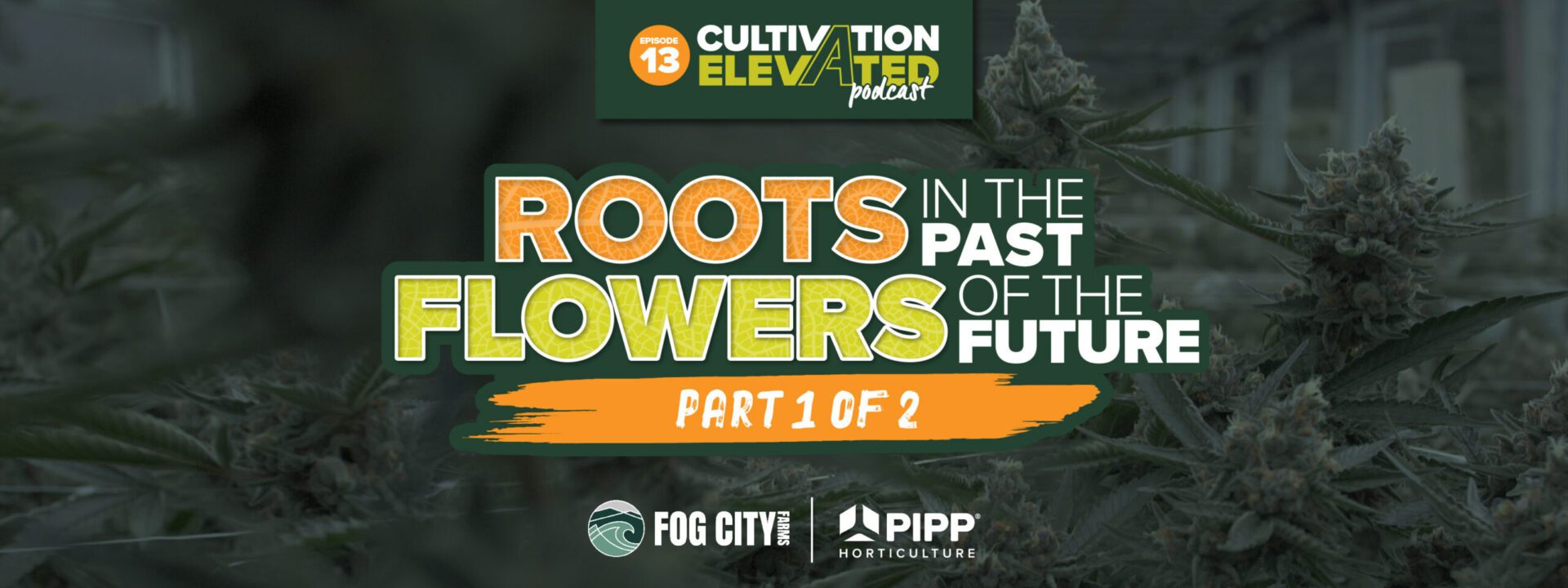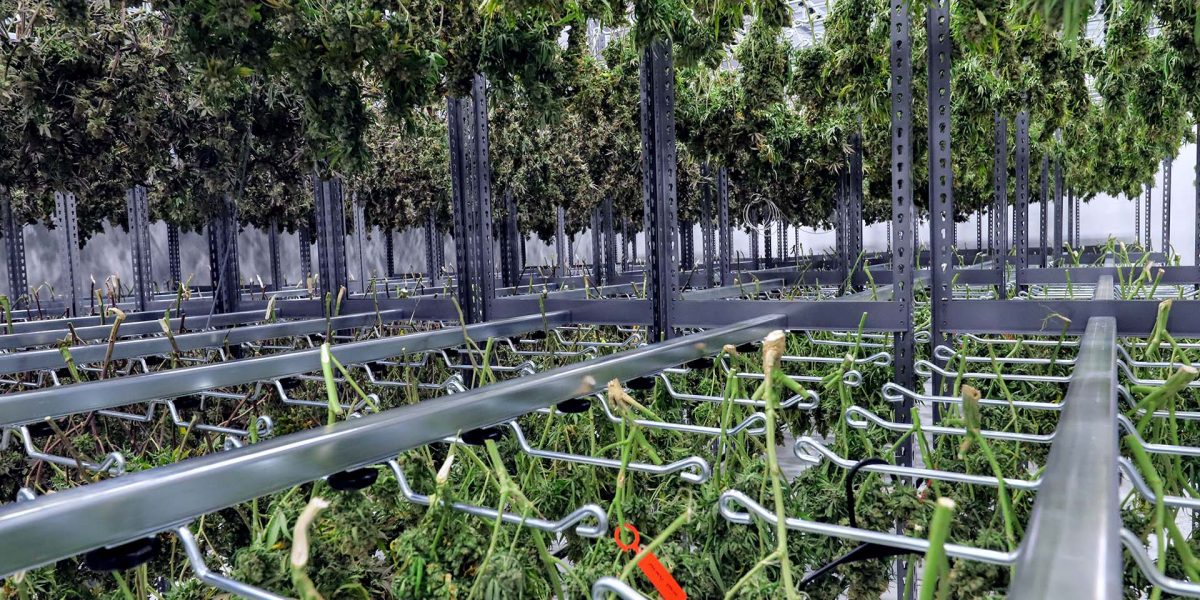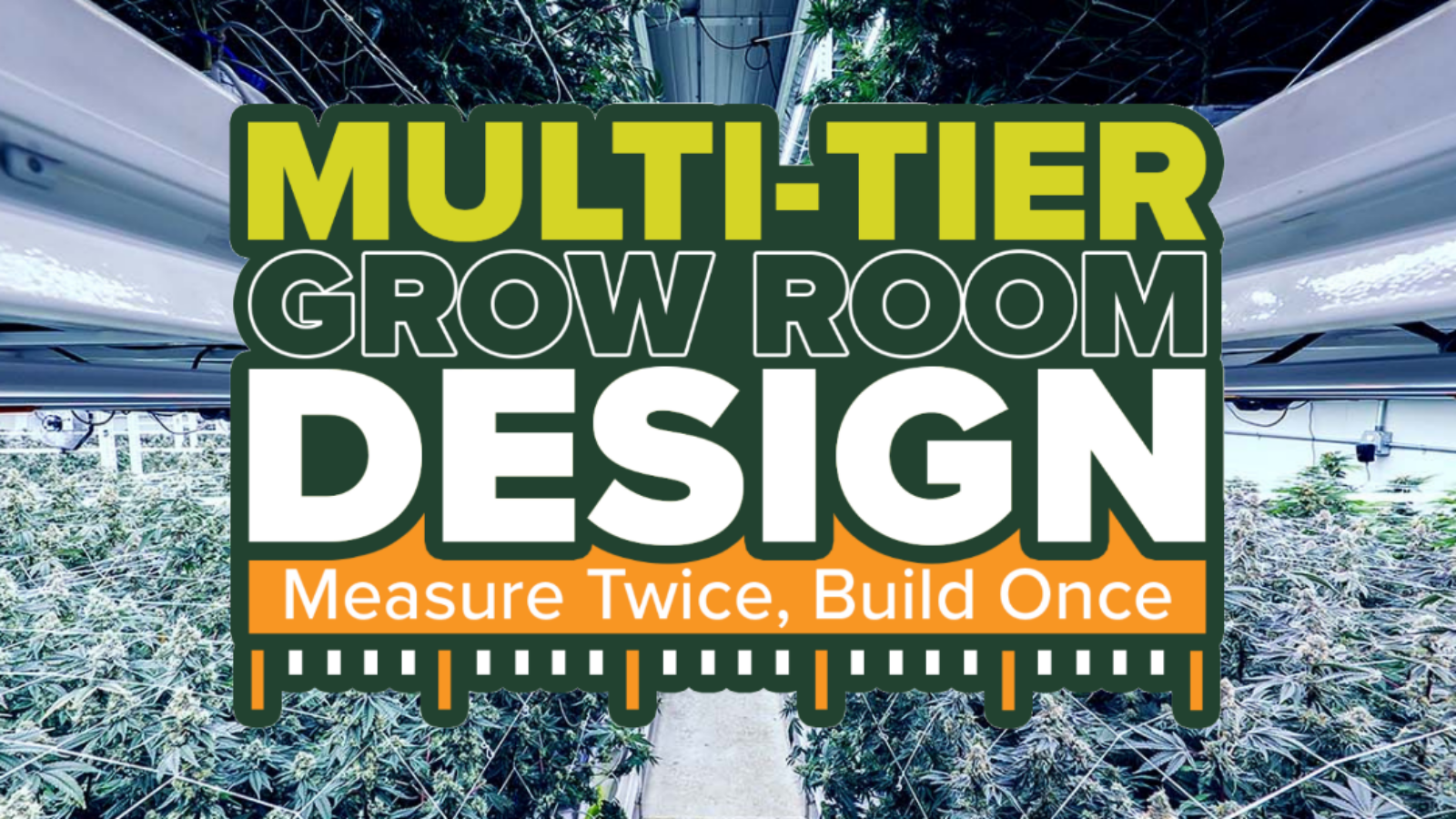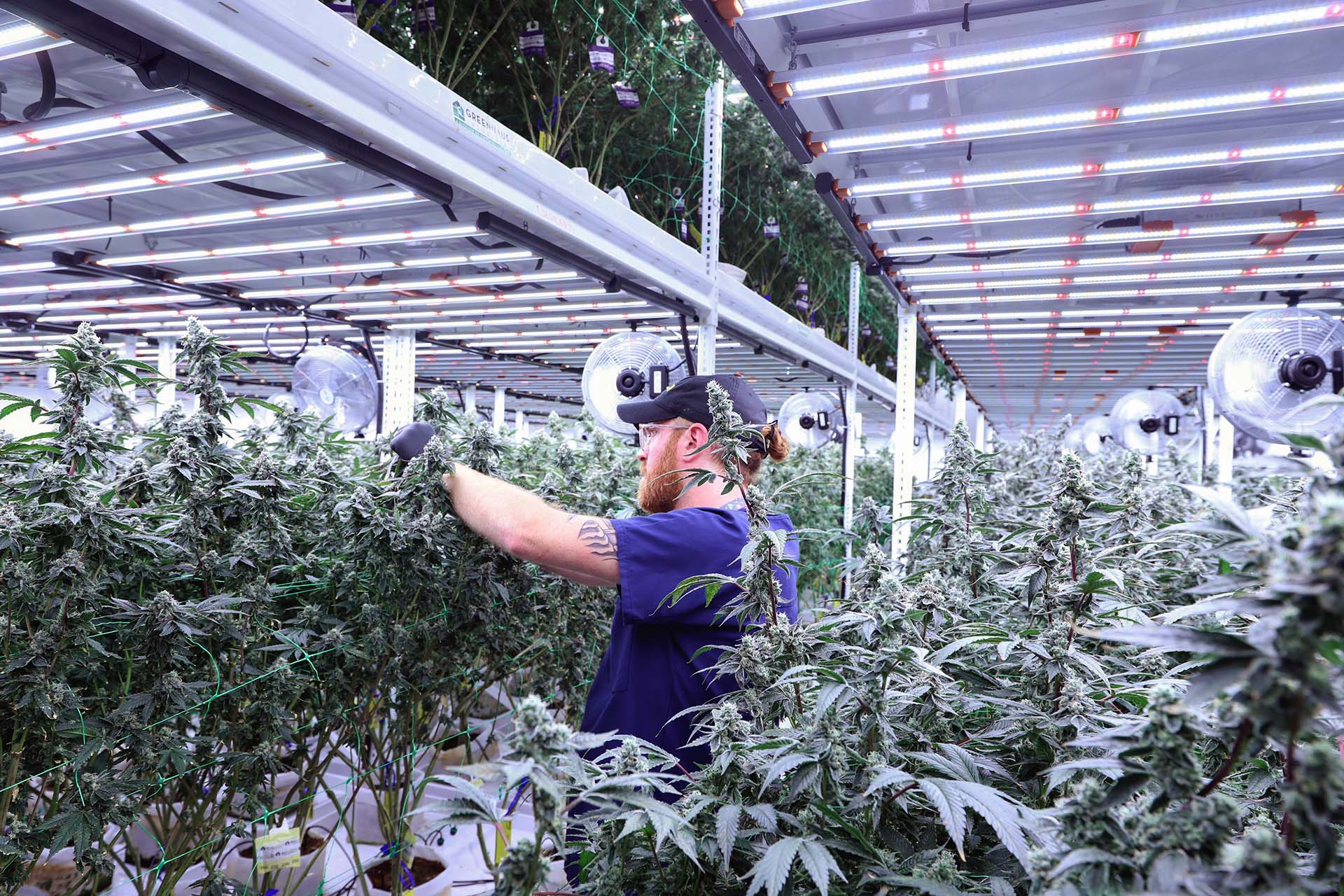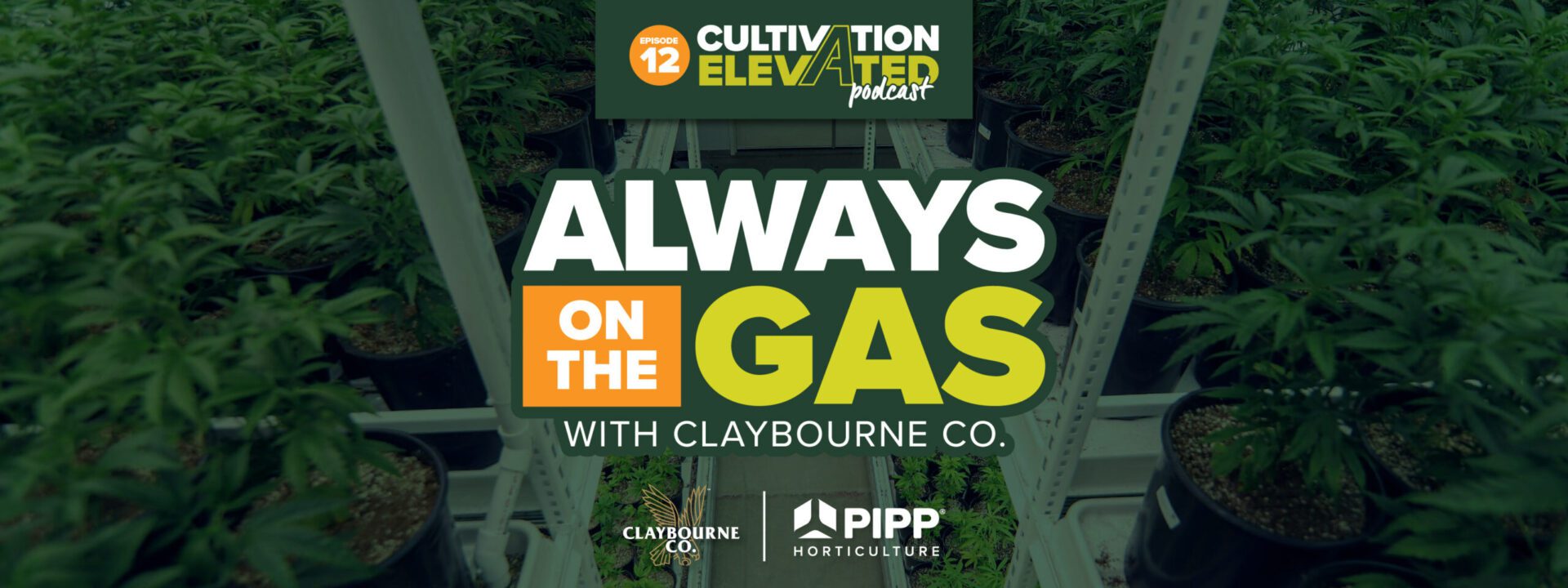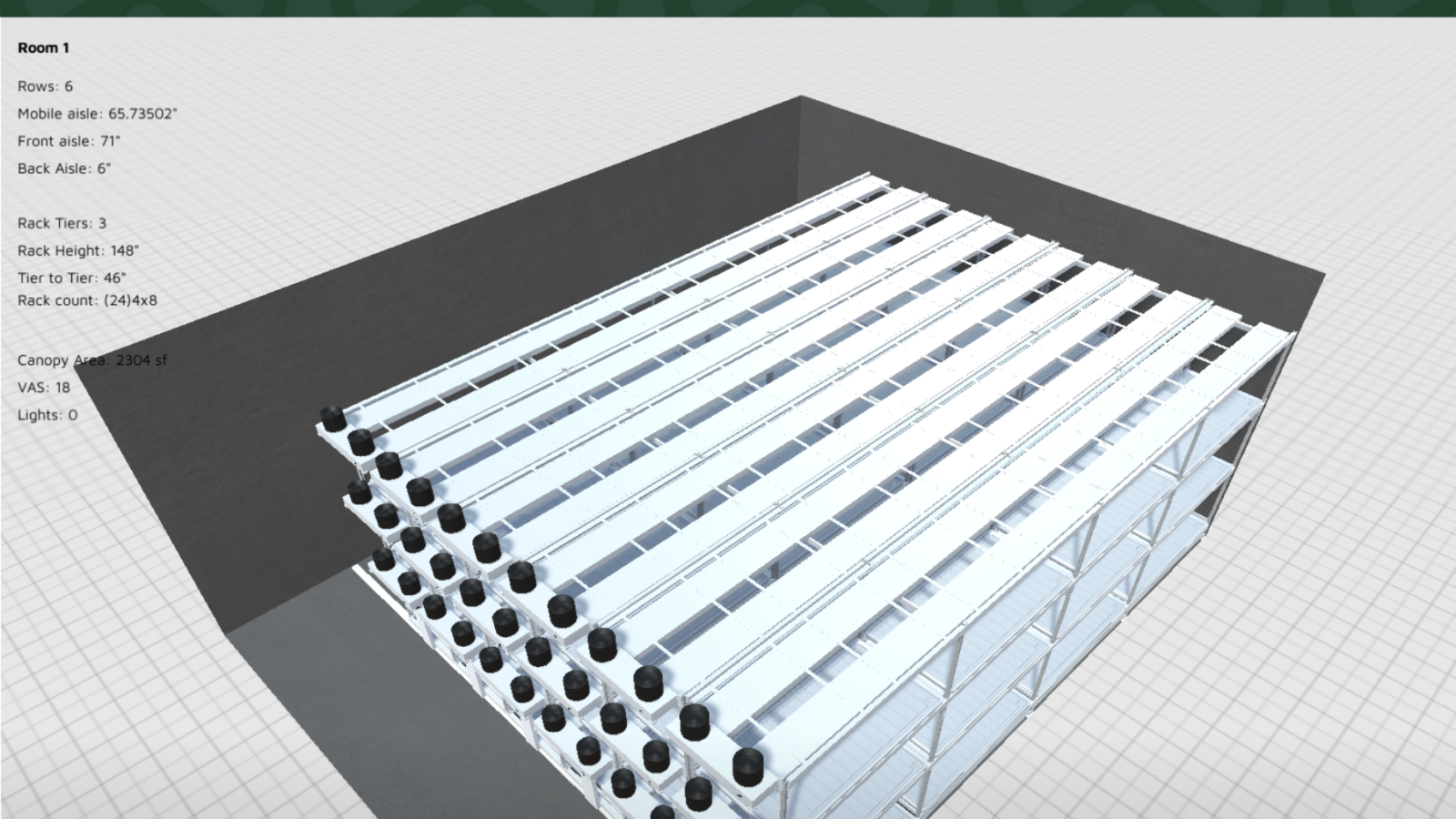10 Essential Tips for Creating a Controlled Environment Agriculture (CEA) Facility
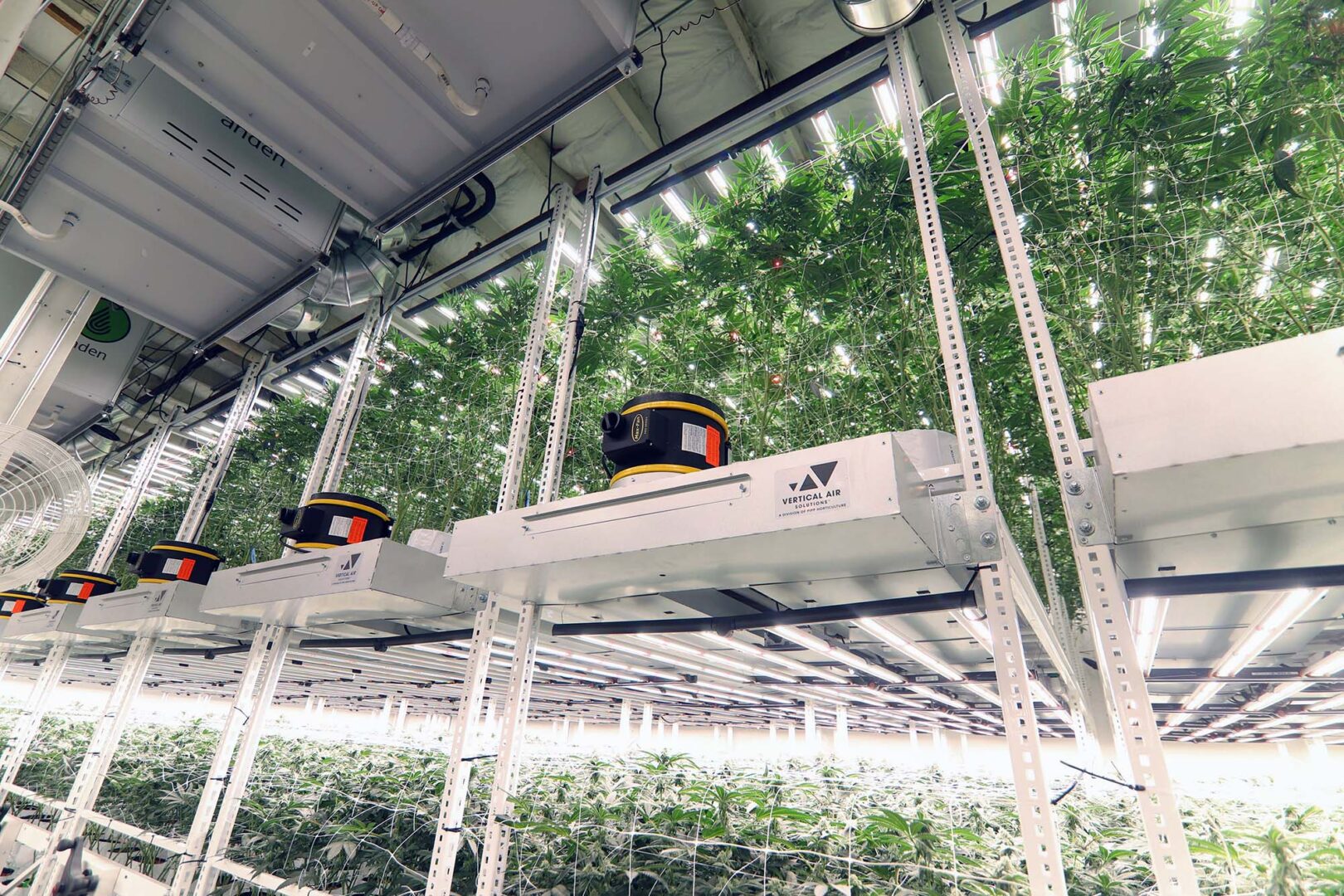
Setting up a Successful CEA Facility
Controlled Environment Agriculture (CEA) has transformed the agricultural landscape, offering innovative solutions to traditional farming challenges. As urbanization increases and the demand for locally grown, pesticide-free crops increase, CEA facilities are gaining prominence. But setting up a successful CEA facility requires careful planning and foresight. Here are ten expert tips to help establish a thriving CEA operation.
1. Create a Comprehensive Plan
Setting up a Controlled Environment Agriculture facility requires a well-thought-out approach, accounting for many factors ranging from finance to nuanced design and engineering elements. One cannot overstate the importance of a comprehensive plan in ensuring your CEA facility’s efficiency, sustainability, and profitability. Investing time and effort into crafting a comprehensive plan can be the difference between the success and failure of your CEA venture. This plan should include:
Business Plan
Start with a thorough business plan. This Business Plan should be the roadmap that guides your journey. Understand your target market, identify supply gaps, determine the crops you plan to produce based on market demand, and research the competition.
The business plan should outline your marketing strategy, pricing model, and sales approach. Consider external factors that might influence your business, such as regulations, competition, market fluctuations, technological advances, and environmental concerns. Building flexibility into your business plan can help you adapt to unforeseen changes.
Financial Proforma
This is a critical component of planning that will have implications throughout the operations lifecycle. A financial proforma provides projections for revenues, expenses, and profitability. Your proforma should include estimates for initial startup costs, operating costs, anticipated yields, and selling prices. You must also factor in technology costs, testing, labor, genetics, nutrients, advisors, sales and marketing, and utilities.
This document is crucial not only for internal budgeting but also imperative when seeking external financing or investors. Remember to regularly revisit and adjust your financial proforma as real-world data from your operations flows in.
Facility Design
Designing the facility is one of the most crucial yet challenging components of setting up a CEA. Whether you’re conceptualizing an indoor vertical farm, greenhouse, or another type of CEA environment, the design should optimize space, ensure efficient and ergonomic labor, minimize utility consumption, and promote high yields.
Consider light sources, ventilation, environmental control, pest control management, and workflow. A well-thought-out design can significantly influence the efficiency and productivity of your CEA setup. If possible, involve experts or consultants in this phase to benefit from their experience.
2. Define Your Goals
Defining clear and measurable goals ensures success, strengthens morale, and maximizes resources when setting up a CEA facility. Before diving into the technicalities, clarify your objectives. Are you aiming for a specific ROI, year-round production, specific crop production, organic, and or GMP certification? Your facility’s design, technology, and operating procedures should align with these objectives. Early in the planning stage, it is essential to identify the type(s) and volume of crops you intend to cultivate. Each crop will have unique environmental needs regarding light, humidity, temperature, CO2, and nutrients. Once you’ve identified the crop, set clear yield objectives. Your infrastructure, technology, and financial investments will largely pivot on this decision. By defining goals clearly and precisely, informed stakeholders can align to ensure their facility’s resilience, profitability, and community impact.
3. Choose the Right Location
While Controlled Environment Agriculture facilities offer greater environmental control, location still matters and can impact nearly all variables operators manage. Here are a few factors to consider:
Energy Availability
Understand your power requirements. Ensure you have access to consistent, affordable energy sources. Lack of power can significantly impede optimization or worse.
Water Quality
Access to clean water is crucial. Test water for contaminants and consider and establish a purification system based on the results.
Logistics
Proximity to suppliers and markets reduces transportation costs and ensures product freshness.
Labor Force
Ensure access to the appropriate labor force at rates within the allocated budget.
4. Plan for Scalability and Future Expansion
When planning your facility, defining your goals, and selecting a location, don’t neglect to consider scalability. Planning for scalability and future expansion in a Controlled Environment Agriculture facility is a multifaceted endeavor that can save significant time, effort, and money. Developing a modular design is a practical approach to ensuring scalability, designing, and constructing in a way that allows for easy expansion or integration of new sections. Your modular design involves conceptualizing the physical structure, electrical, plumbing, and other systems to be expandable. Operations can add new modules or zones with minimal downtime and impact on existing processes.
A scalable CEA facility doesn’t just refer to infrastructure and technology; it’s also the team operating it. Continuous training programs ensure a prepared workforce to handle expansions and adopt new technologies. Focusing on workforce development ensures that personnel are ready to take on managerial roles as the company scales. Scaling operations often require significant capital. It’s crucial to have a clear financial roadmap that outlines the resources needed for future expansions. Scaling operations may entail setting aside a portion of profits for reinvestment, exploring external financing options, or partnering with investors who understand the vision of the business. Finally, it’s essential to have mechanisms in place to gauge market demand constantly. Scalability should be in line with market needs. By establishing strong feedback loops with distributors, retailers, and end-consumers, the CEA facility can fine-tune its expansion plans to better align with market dynamics.
5. Optimize for Space
Optimizing space in a CEA Facility is paramount, given the premium costs associated and the need to maximize yields to ensure profitability. As urban farming and indoor agriculture continue to gain traction, operations are constantly searching for innovative techniques and technologies to maximize output in limited space. A groundbreaking innovation in this space is the development of mobile vertical farming racks. Mobile vertical grow racks allow farmers to utilize unused aisles and vertical space, which is particularly relevant in urban settings where horizontal space is often limited. By stacking crops on top of one another, these racks can dramatically increase yields in a fixed area and their mobility allows for additional space optimization by eliminating static aisles and improves plant maintenance, harvesting, and cleaning.
Catwalk systems are another space-saving tool for CEA facilities. They’re advantageous operations where accessing the top tiers of vertical farming racks can become a challenge. Catwalks provide growers with safe and convenient access to all vertical indoor farming setup levels. This ease of access can also speed up farming operations like pruning, scouting, and harvesting. Mobile carts have become indispensable tools in modern CEA setups. These carts are designed and customized for seeding, transplanting, or harvesting tasks. Due to their mobility, they allow workers to move seamlessly from one location to another, carrying all the necessary tools and supplies with them. Utilizing mobile carts saves space and significantly improves operational efficiency, wasting less time moving back and forth.
6. Ensure Proper Air Circulation
One of the essential components contributing to the success of a CEA facility is ensuring proper air circulation and sanitation. Efficient air movement is vital for plant health and crucial for temperature, humidity, and contaminant control, influencing crop yields and quality. The ambient airflow system is at the heart of maintaining an ideal growing environment. Ambient airflow creates a gentle, consistent movement of air that minimizes hot, cold, or stagnant spots and ensures an even distribution of heat, humidity, and carbon dioxide (CO2) around the plants. Proper ambient airflow can also help prevent the growth of mold and other pathogens by reducing the moisture build-up on plant surfaces.
When well-designed, ambient airflow systems can significantly improve plant health and productivity by creating an environment where plants can optimally perform photosynthesis and transpiration. Multi-Level Airflow Systems: For multi-tiered growing systems, multi-level airflow becomes essential. Unlike traditional single-layer operations, multi-tiered systems have unique challenges, as each layer might have slightly different microclimates. The multi-level airflow system addresses these issues and ensures that each tier gets adequate air movement. Design and install these systems to ensure every plant receives a uniform air supply. Additionally, these systems help prevent diseases and pest infestations specific to each level. By effectively understanding and implementing these systems, growers can expect crop quality, yield, and overall plant health improvements.
7. Automate for Consistency
Automation in a CEA facility can encompass a multitude of systems and processes. Consistent automation could range from simple temperature and humidity controls to complex nutrient dosing, CO2 enrichment, and integrated pest management systems. By automating these processes, growers can ensure that plants receive the exact amount of water, light, nutrients, and other necessities at the right time. Such precision maximizes crop yield and quality and minimizes resource waste. When external conditions, such as temperature or sunlight, fluctuate, automation systems can adjust internal conditions to maintain the desired environment, ensuring that plants remain unaffected.
In addition to enhancing crop growth, automating processes can lead to operational efficiencies and labor savings. Modern automated systems often come equipped with data analytics capabilities. Allowing growers to monitor trends, make predictions, and refine their cultivation strategies to minimize utility and nutrient use while adjusting for optimal conditions. Having access to this information not only reduces costs but also lessens the environmental footprint of the facility.
8. Invest in Training and Continuous Learning
Setting up a CEA facility is a multifaceted undertaking that demands an in-depth understanding of various interdisciplinary domains. It amalgamates knowledge from botany, engineering, data science, and even business. As such, training and continuous learning become crucial components for the success of any CEA initiative.
Initial Training
When first embarking on a CEA venture, the team should undergo intensive training on the fundamentals of the system. This type of training could range from understanding plant physiology and its specific requirements for optimal growth to mastering the intricacies of the CEA technologies. Light intensity, nutrient mix, temperature, and humidity must be controlled and optimized. Mistakes in managing these variables can result in crop failure or suboptimal yields, making training a critical investment for long-term viability.
This training isn’t just limited to technicians or the individuals directly handling the crops. Stakeholders at all levels, from managerial to marketing, should fundamentally understand the operations. This training ensures everyone is aligned, leading to efficient decision-making and problem-solving.
Continuous Learning
As with any technology-driven industry, the world of CEA is constantly evolving. New research provides insights into better crop management practices. Technological advancements introduce tools and systems to optimize plant growth and reduce operational costs. Given this rapidly changing landscape, continuous learning is not just beneficial; it’s imperative.
Team members should regularly attend workshops, seminars, and courses. Many academic and research institutions offer specialized programs focused on CEA. Online platforms have become treasure troves of knowledge, with webinars, courses, and forums dedicated to CEA best practices. Leveraging these resources can provide a competitive edge.
Collaborative Learning and Networking
CEA facilities can benefit immensely from networking with similar operations elsewhere. Collaborative learning opportunities can be invaluable, where facilities share successes, challenges, and learnings. Collaborative efforts could lead to shared research projects, the pooling of resources for better training tools, or even joint ventures in exploring new markets or crop possibilities. Leverage the collective knowledge of the CEA community to overcome individual challenges and push the envelope on what’s achievable in controlled environment agriculture.
9. Implementing IPM Program
Implementing Integrated Pest Management (IPM) programs in Controlled Environment Agriculture facilities is essential for ensuring crop health, optimizing yields, and overall success. Due to the controlled nature of these environments, there’s an opportunity to adopt a comprehensive and proactive approach to pest management. IPM focuses on a holistic approach, combining various strategies to manage pests and pathogens rather than relying solely on chemical pesticides. In a CEA facility, it starts with preventing pest entry. Pests mainly gain access via new plants, materials, or humans. Regularly inspecting and quarantining new plants, ensuring the facility is airtight, and having proper hygiene, cleaning, and sanitation protocols can help prevent pest entry.
Continuous monitoring is crucial for an effective IPM strategy in a CEA setup. Use yellow or blue sticky traps to monitor flying insects’ presence and population levels. Once pests are detected, it’s vital to identify them accurately. Not all insects or microorganisms are harmful; some might even be beneficial. Accurate identification ensures that the response is appropriate and effective. Beneficial insects, like ladybugs, predatory mites, and parasitic wasps, can be introduced to manage pest populations. A controlled and sealed environment maximizes the efficacy of releasing these biocontrol agents.
In a CEA facility, growers have the advantage of adjusting environmental parameters, such as temperature and humidity, to unfavorable levels for pests. Physical controls, such as barriers, screens, or UV light traps, can be installed to prevent or reduce the entry and movement of pests. While the emphasis in IPM is to minimize chemical use, sometimes it becomes necessary, especially when pest populations reach threatening levels. In such cases, select pesticides wisely. Preferably, choose those that are least toxic, have minimal residual effect, and are safe for beneficial insects. Rotation of different modes of action can prevent resistance development in pest populations.
10. Continuous Evaluation and Adaption
CEA facilities and associated growing methodologies significantly advance modern agricultural practices, emphasizing precise control over environmental conditions to optimize plant growth and production. This technology-driven approach to farming can be applied in greenhouses, vertical farms, or other indoor facilities and hinges upon continuous evaluation, improvement, and adaptation to optimize crop outcomes. Essentially consistently monitoring and adjusting conditions in real-time to meet plants’ specific needs throughout their growth cycles.
Continuous evaluation in CEA is an ongoing process of collecting and analyzing data on various environmental parameters. By regularly tracking these variables, growers can identify patterns, anomalies, or inefficiencies that may impact plant health, growth rate, or yield. CEA operations often integrate many tools and systems to facilitate the perpetual cycle of monitoring and adjusting. Sensors continuously measure soil moisture content, ambient environmental conditions, and nutrient levels, feeding this data into centralized control systems. Automated irrigation systems can adjust water delivery based on real-time moisture data, ensuring plants receive optimal hydration with minimal waste.
Similarly, climate control systems can regulate temperature and humidity, ensuring they remain within desired ranges. Remote monitoring and cloud-based platforms have become increasingly prevalent in CEA, enabling growers to supervise and manage their facilities from anywhere in the world. Remote monitoring and cloud-based platforms facilitate quicker decision-making and allow for collaboration among experts in different geographical locations.
Conclusion
As our world continues to change, efficient, sustainable, and optimized agricultural production becomes imperative. By following the ten essential tips outlined in this blog, you’re ensuring a well-established foundation for your CEA facility, promising higher yields, optimal plant health, and a significant reduction in resource waste.

